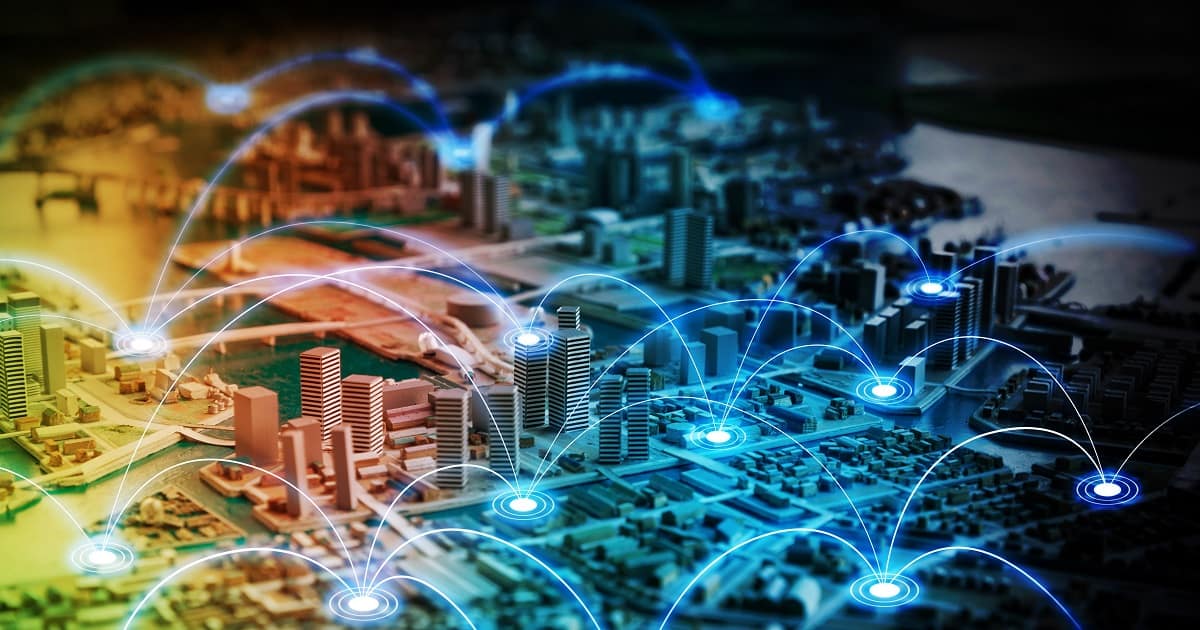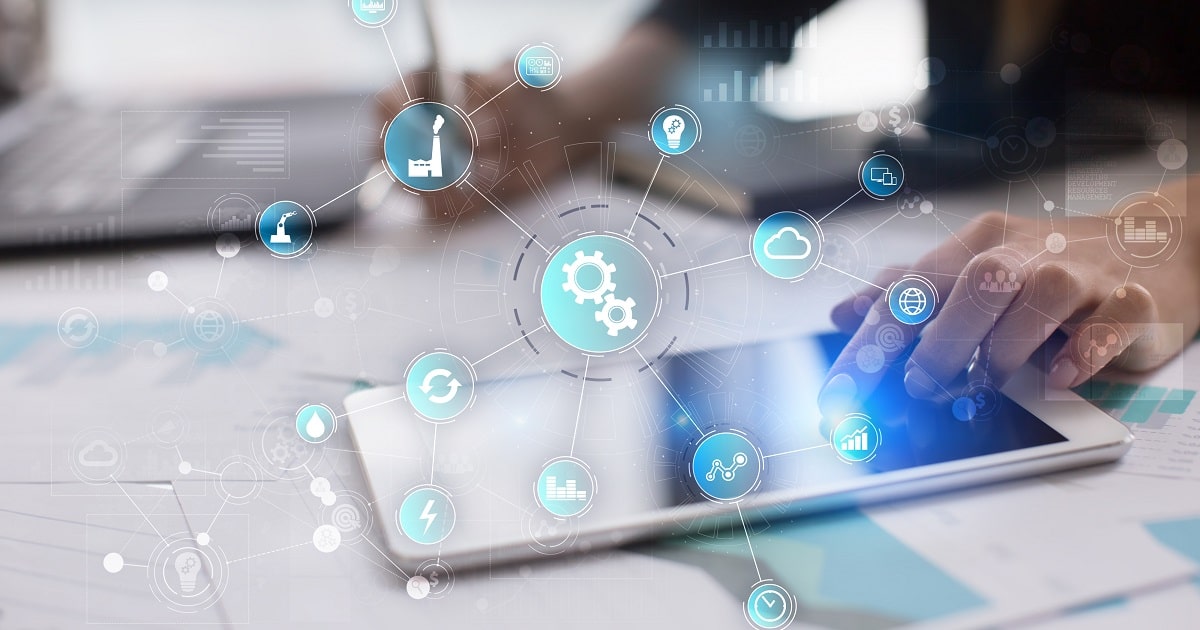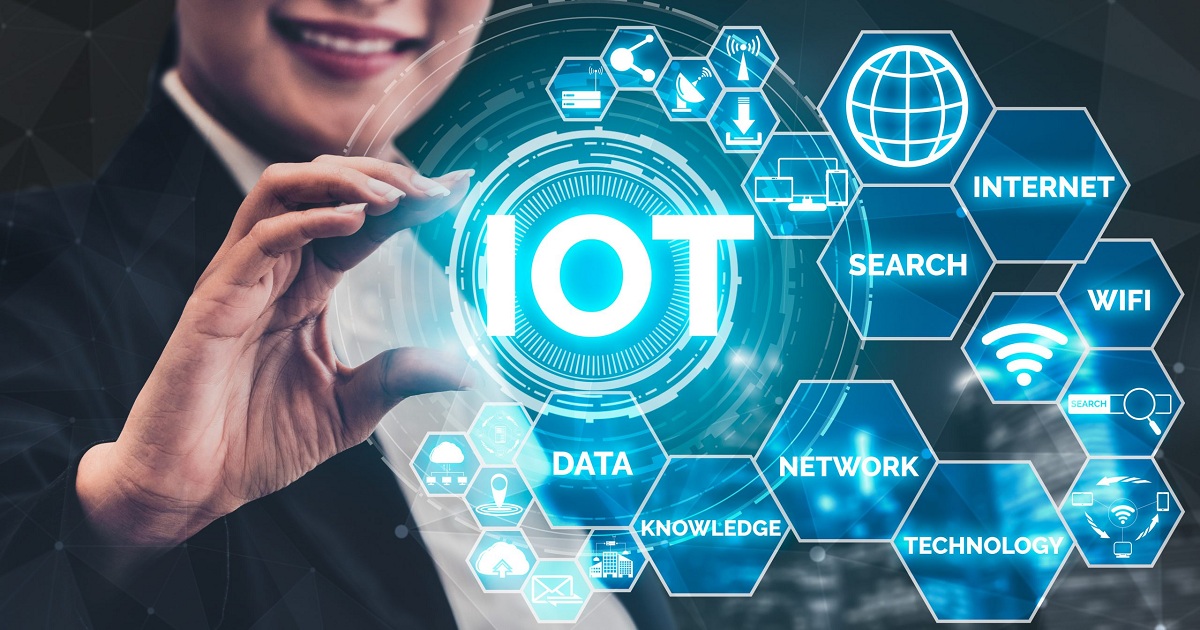
Platforms
Lantronix, Inc. | February 24, 2022
Lantronix Inc, a global provider of secure turnkey solutions for intelligent IT and Internet of Things (IoT); Taoglas®, a leading provider of advanced technology for a smarter world; and Thales (Euronext Paris: HO), a global leader in advanced technologies and designer and builder of IoT connectivity solutions, today announced their collaboration. Their combined expertise aims to deliver application-specific smart industrial IoT solutions to connect data-dependent vertical industries, including Industrial 4.0, Security and Transport markets.
On display at Mobile World Congress at the Taoglas booth, Number 5E32, the Lantronix G520 Series smart cellular IoT devices feature the Taoglas Guardian MA963 antenna and Thales MV31 Ultra High Speed 5G M.2 Modem Card to deliver complete, integrated smart industrial IoT gateway solutions on which users can depend for reliability, compatibility and resilience.
“Spearheading collaboration for the digital transformation of IoT solutions for Industrial 4.0, Security and Transport applications, Taoglas, Lantronix and Thales have collaborated to create a fully integrated gateway solution that gives users peace of mind that their systems will stay live even in harsh environments.”
Paul Pickle, CEO of Lantronix
“In today’s highly technical environment, collaboration is the key to developing reliable solutions to power connectivity-dependent industries. Our collaborations with Lantronix and Thales help avoid common pitfalls that result in failure of IoT implementations by ensuring inter-connectivity, high-level security features and 24/7 uptime,” said Oliver Robin, GM and SVP of Taoglas Advanced Components business unit.
“The Thales partnership with Lantronix and Taoglas enables speedy and secure 5G cellular connectivity, designed for the needs of critical industries like Industry 4.0, Security and Transport Applications,” said Francis D’Souza, head of Portfolio Management IoT at Thales. “Our award-winning Cinterion MV31 IoT Modem Card delivers high-performance 5G enhanced Mobile Broadband (eMBB) and supports fast data speeds with 4G fallback. This means very low latency, higher throughput and a 5G connectivity solution specifically made for the IoT.”
The Lantronix G520 series gives users the ability to connect all their controllers, even if they are using legacy equipment of different ages and brands. A single gateway device facilitates reliable connections with less hardware and delivers access to more meaningful data.
Key 5G benefits include lower latency, enabling real-time application, such as augmented and virtual reality; higher capacity, enabling more devices to concurrently be online; and higher speeds, allowing data to move faster and more easily over 5 Gbps.
According to Berg Insight, global cellular IoT device shipments increased by 14 percent in 2020 to reach 302.7 million units and are forecasted to grow at a compound annual growth rate (CAGR) of 15.8 percent to reach 629.6 million units by 2025.
About Taoglas
Taoglas is a leading provider of advanced technology for a smarter world. Our solutions include advanced components and technologies and help OEMs, enterprises, and communities to resolve the complexities of bringing digital transformation solutions to market quickly and cost effectively. Focused on best-in-class, high-performance antenna and RF design with advanced positioning, imaging, audio and artificial intelligence technologies, Taoglas has unique expertise in integrating and commercializing highly complex technology solutions. We utilize this expertise for our home-grown connected smart services such as Taoglas Waste Insights™ as well as being a trusted advisor to OEMs and enterprises regardless of where they are on their digital transformation journey.
With world-class design, consultancy and engineering expertise, along with support and test centers globally, Taoglas has proven expertise across the transportation, waste management, connected healthcare, smart cities and smart building industries.
About Thales Group
Thales is a global, high-technology leader investing in digital and “deep tech” innovations — connectivity, big data, artificial intelligence, cybersecurity and quantum technology — to build a future we can all trust, which is vital to the development of our societies. The company provides solutions, services and products that help its customers — businesses, organisations and states — in the defence, aeronautics, space, transportation and digital identity and security markets to fulfil their critical missions by placing humans at the heart of the decision-making process.
About Lantronix
Lantronix Inc. is a global provider of secure turnkey solutions for the Internet of Things (IoT) and Remote Environment Management (REM), offering Software as a Service (SaaS), connectivity services, engineering services and intelligent hardware.
Lantronix’s products and services dramatically simplify the creation, development, deployment and management of IoT and IT projects across Robotics, Automotive, Wearables, Video Conferencing, Industrial, Medical, Logistics, Smart Cities, Security, Retail, Branch Office, Server Room and Datacenter applications.
Read More

Platforms
CCww | February 19, 2022
Communications Consultants Worldwide Limited (CCww), innovator of 3GPP® technologies and Lekha Wireless Solutions Pvt Ltd. (Lekha), a technology solutions company with expertise in communications and embedded systems, announce today the creation of a test bench system for NTN (Non-Terrestrial Networks) IoT. This includes a UE protocol-stack + PHY combination and an eNodeB with integrated SDR.
Global IoT solutions require global coverage, made possible through satellites 'filling-in' where ground-based cellular IoT isn't available. 3GPP® Release 17 will specify narrow-band protocols for Low-Earth Orbit (LEO) and Geostationary (GEO) satellite communications. CCww and Lekha are re-purposing their joint Release 14 NB-IoT UE design, and Lekha's eNB design; both systems will handle the higher levels of Doppler, noise and delay encountered in satellite communications. The NTN versions of UE and eNB, with a system manager and channel emulator, will be integrated to produce a software test bench, to allow testing of NTN IoT without major up-front investment.
The development is partly funded by the European Space Agency (ESA) within its Advanced Research in Telecommunications Systems (ARTES) Competitiveness & Growth programme.
The standard NB-IoT UE and eNB software stacks execute on Xilinx Zedboard and TI SoC respectively, and are available to license for development and test; services are offered for product development, integration and live test.
"Having created a cellular NB-IoT UE with Lekha, it's natural to collaborate to pioneer NTN IoT; whilst our designs will support the approved Release 17 and later releases, we will create an early system for lab-testing."
CCww's CEO, Richard Carter
Amarnadha Reddy, Founder Director of Lekha, added, "our experience in SDR enables us to characterise the propagation characteristics unique to satellite operation, and create the most efficient PHY for NTN operation."
About CCww
CCww has developed, licensed and supported embedded 3GPP® protocol stack software to global mobile organisations since 2000; over 3 Billion devices use CCww technology. CCww licenses portable UE stacks, with integration, conformance-testing, and support services; current focus: NTN IoT. CCww is a full member of ETSI and GSMA Mobile IoT Innovators.
About Lekha
Lekha is a Technology solutions company, providing end-to-end solutions for wireless communications and embedded systems. We license software stacks for 5G, 4G and WiMAX technology and offer services to port to target SoC processor cores. We sell telecom infrastructure products that are powered by our software stacks to enable private enterprise networks. IP offerings include NB-IoT PHY; successfully integrated in commercial SoCs. NB-IoT IP is optimized for ARM, Cadence and Synopsis processor cores, and benchmarked for low power and footprint. Partnership with CCww is key to deliver an integrated, proven solution, and reduce time to the fast-growing IoT market.
Read More

Enterprise Iot
Zigbee Alliance | May 18, 2021
The Zigbee Alliance, the organization that has become synonymous with low power short-range communication standards, is rebranding as it approaches its twentieth anniversary.
The Alliance's size and reach have grown as a result of its expansion into the Internet of Things (IoT) world, and it believes the time has come for this to be reflected in its name.
Simultaneously, a second brand, Matter, has been unveiled. This protocol, formerly known as Connected Home over IP (CHIP), aims to provide dependable and stable networking of smart home devices, with the promise that devices can operate smoothly together from the beginning and in the future.
According to the statement, a corresponding Matter mark will act as a seal of approval, ensuring that any object built on this specification is durable by nature, stable by design, and compatible at scale.
“This year is historic for the Alliance as our development and activities flourish with the need for smart home and building connectivity,” said Alliance President and CEO Tobin Richardson in a statement.
“It is the ideal time to launch our new brand, positioning the Alliance as the hub for collaboration and the development of IoT standards for our members.”
According to the announcement, the Alliance will continue to grow Zigbee technology and will keep the Zigbee technology name.
Smart Energy, Green Power, and rf4ce are other protocols in the portfolio, and DotDot is a popular language for smart system connectivity.
Over the years, the Alliance has expanded to include over 350 partner organizations and over 3,000 member people who are involved in various aspects of its work.
Among its latest projects, the Alliance is collaborating with the World Economic Forum and the Council on the Connected World to improve global governance and IoT innovation.
The Alliance is proud to have chosen Zigbee for mission-critical radio communications ranging from the compact robotic solar helicopter Ingenuity to Mars' Perseverance rover.
The Alliance also claims that 2020 will be a record-breaking year, with over 560 Zigbee technology devices certified.
Read More